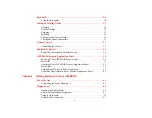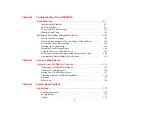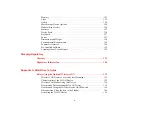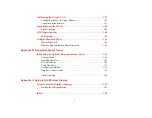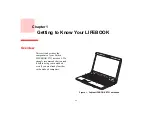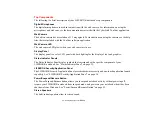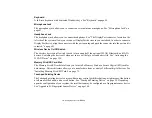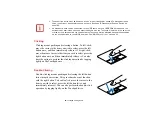
16
- Getting to Know Your LIFEBOOK
USB 3.0 Port
(The USB 3.0 port is replaced by a USB 2.0 port on certain configurations. USB 3.0 can be distinguished
from USB 2.0 by the color of the center tab in the port. The USB 3.0 tab is blue; the USB 2.0 tab is black.)
The USB 3.0 port allows you to connect Universal Serial Bus devices. USB 3.0 transfers data at up to 5
Gbps and is backward-compatible with USB 2.0 devices, which transfer data at up to 480 Mbps. See
“Universal Serial Bus Ports” on page 76.
eSATA/USB 2.0 Combo Port
E-SATA (External Serial Advanced Technology Attachment) is an external version of SATA, which
connects your computer to the hard drive. SATA is an interface that is much faster than typical IDE
interfaces (E-SATA is six times faster than USB 2.0). E-SATA is ideal for backing up large files on an
external hard drive.
This port can also be used as a USB 2.0 port.
DisplayPort Jack
This allows you to attach a DisplayPort cable. DisplayPort cables are primarily used to connect a computer
with a monitor or home theater system. See “DisplayPort” on page 83.
Anti-theft Lock Slot
The anti-theft lock slot allows you to attach an optional physical lock down device.

